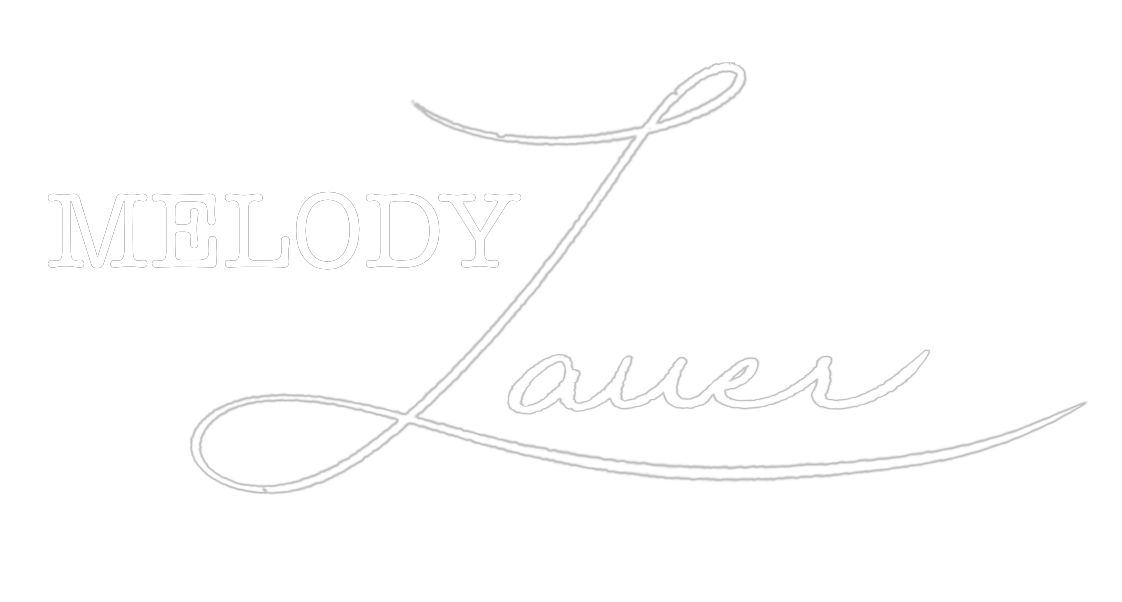As I started my deep dive into the Virtues, Fortitude immediately caught my attention–specifically, how it is defined.
The word used for fortitude was the greek word, ἀνδρεία (andreía) which means courage, endurance, or manliness, or martial valor. It was translated as fortitudo in Latin from whence we get “fortitude” in English. This is also why this Virtue is sometimes identified as “courage” rather than “fortitude.”
Until Socrates started to question the meaning and application of all virtue, ἀνδρεία was considered a masculine word that could only be applied to men who showed bravery and courage on the battlefield. But Socrates, a veteran himself who was said to have a reputation for fighting bravely, believed that every man and woman showed this level of courage by facing regular and daily adversities. He believed that the same courage that inspired a man to endure on the battlefield was in the poor man who continued to work to provide for his family. He also believed that this virtue of courage and endurance was necessary to keep one enduring in practice with the other Virtues of Temperance, Prudence, and Justice.
This extension of courage to the common man in daily struggle seemed to forever change not only how later philosophers would consider the concept, but even how it was conceptualized and represented in art.
Some of the earliest depictions of Fortitude or Courage that I could find were of figures wearing helmets, wielding swords, or engaged in battle with beasts. This is particularly the case if you specifically search for depictions of the Virtue of Courage rather than that of Fortitude.
Despite their shared origin and hierarchy as the same Virtue, the words “fortitude” and “courage” are not entirely synonymous. Personally, I saw them as two separate concepts and spent some time considering whether or not I preferred to use the word “Courage” rather than “Fortitude” when I spoke of that Virtue.
Then I came across a late 15th century mosaic in the Cathedral of Siena that depicted Fortitude as a woman holding a sword and shield in one hand and a broken marble column in the other. Further searching found that this column was a consistent feature in much of the art of the time representing Fortitude. Sometimes the column is intact, but in many depictions it is broken.
This broken pillar was meant to represent the final chapter of the story of Samson, the Jewish Nazarite of preternatural strength as told in Judges 13-16 of the Bible.
The Samson of the Bible is portrayed as an arrogant, impulsive man with little respect for vows and less discernment with women–hardly a beacon of ethics one would imagine to be used as a symbol for a moral Virtue. His life and death, quickly summed up in three short chapters, is one in which he uses a supernatural gift of strength to routinely get himself out of trouble he starts with the local oppressors, the Philistines. He is betrayed, loses his strength, is captured by the Philistines, blinded, and put to work as a slave.
The symbols representing his life could be many, but Fortitude does not hold any of them. She holds a broken column–the symbol of his death.
At a party to celebrate his defeat, Samson calls out to God to strengthen him. God gives him strength and he breaks the two central pillars of the temple. The building collapses, killing him and 3,000 Philistines.
Try though I might, I haven’t been able to find the origin of the use of Samson’s death as a symbol for Fortitude. While it might exist and I may stumble upon it one day what follows is my own thoughts on the symbolism.
The Virtues must exist in a balance and are meant to support one another. Too much courage without prudence leads to foolhardiness–too little is cowardice. Courage without justice and temperance is cruelty. And sometimes, the courageous thing to do is to humble yourself, ask for forgiveness, mercy, and help and make a change.
Samson was a man given an extraordinary gift which he used for himself. He never knew defeat until he was betrayed. In that betrayal he lost all that he was along with his eyes, his dignity, and his freedom. He was brought low, but he did not resign himself to the fate of being a sightless slave paraded before his enemies for sport. He humbled himself before God, called out for mercy, and was given the strength to end his torment.
There are many symbols of Courage or Fortitude–lions, helmets, swords, shields, beasts, rods–and I’m not done examining the symbolism of all of them, but the one that resonates the strongest with me will probably always be a broken pillar. It’s not how strong you’ve been or are. It’s not the things you can do with your gifts and talents at your best. Courage is what you do when you are at your lowest. Fortitude is enduring hardship. It’s the determination that you will not die a slave to your enemies–whatever form those may take. It’s the will to act even while you are still weak and afraid. It’s taking your torment–your life–by its foundations, having faith, and making a difference, even if it means you will not win–not for pride or glory, but because it’s right.
That is Fortitude.




